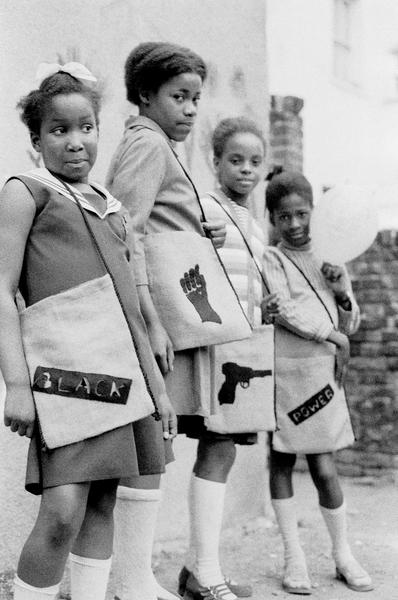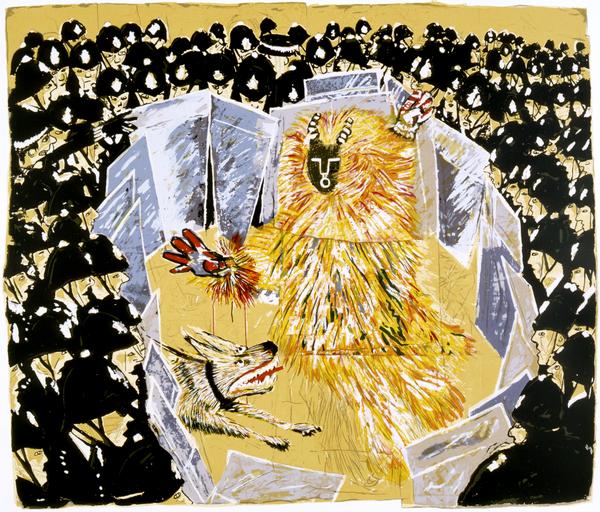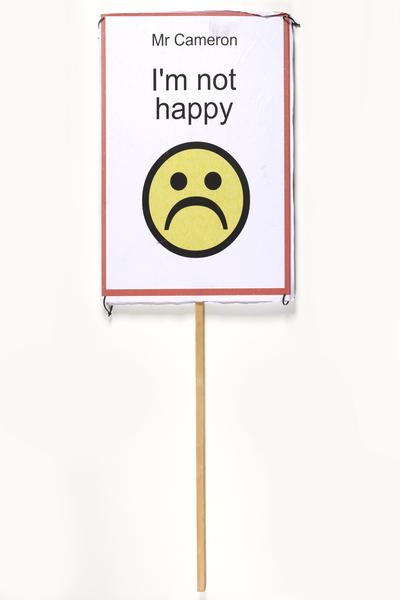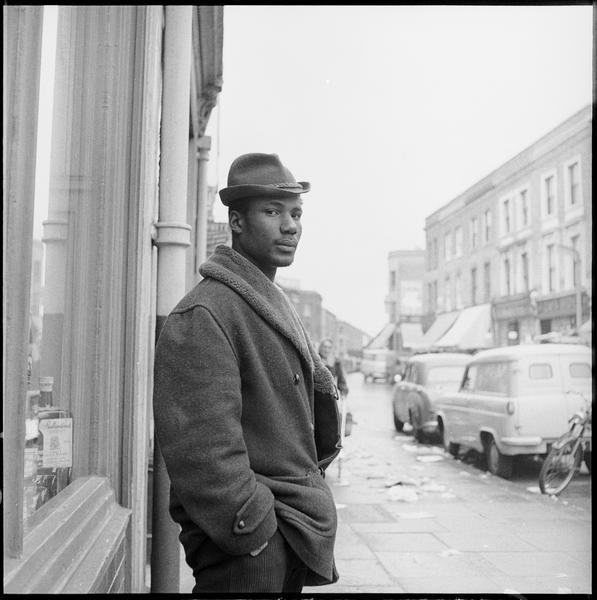Neil Kenlock’s photos of 1970s Black London
Neil Kenlock photographed for publications aimed at Black readers in the 1960s and 1970s, and was the official photographer of the British Black Panthers. When simplistic, often negative, stereotypes were common, Kenlock highlighted Black people’s strength and personality.
Across London
1965–1980

Kenlock's career
Neil Kenlock was born in Jamaica in 1950, and moved to Britain in 1963 to join his parents. During the late 1960s and 1970s, he was the official photographer of the British Black Panthers, covering marches like this one.

The British Black Panthers
The British Black Panthers were unconnected to the US Black Panthers. They taught Black history and protested against discrimination experienced by Black people at a time when open racism was common, and the far-right National Front party were staging anti-immigration marches in London.

Icons
Kenlock was staff photographer for the West Indian World newspaper. He also co-founded ROOT magazine and Choice FM – both pioneering outlets targeting a Black British audience. Across his career, he snapped many inspiring Black figures – including boxer and activist Muhammad Ali, and broadcaster Alex Pascall, both seen here.

Pride and personality
Kenlock wanted to give his subjects their voice. In most media, “Black people never had any personality, any strength, always looking down,” he said. “That’s not what I wanted my subjects to look like.”

Miss West Indies
Black beauty pageants challenged mainstream, white-centric beauty standards. This one was held in 1975 at the Lyceum Ballroom in Covent Garden.

West Indian cricket
In 1976, the West Indian cricket team toured England. The tour took on extra symbolic importance after the English captain said that he hoped to make the West Indian team “grovel”. The West Indies won 3–0.

Bob Marley
In 1977, the reggae musician Bob Marley was living in Chelsea, London. He was then, and still is, an icon to many Londoners. But the significance of seeing a Jamaican man, with a voice on the global stage, encouraging people to “stand up for your rights” was particularly meaningful for Black Londoners.

Jamaica
Kenlock came to London from Jamaica as one of the Windrush Generation – Caribbeans encouraged to migrate to Britain after the end of the Second World War. Once part of the British empire, Jamaica won independence from the UK in 1962. This is the Jamaican High Commissioner on a visit to Brixton.

Equality
Kenlock says he first experienced racism as a teenager, but that it made him realise “there was discrimination and I needed to fight that. I thought everybody should be equal, that things should be fair. There was a way to do that [through photography] without disregarding my own culture.”







